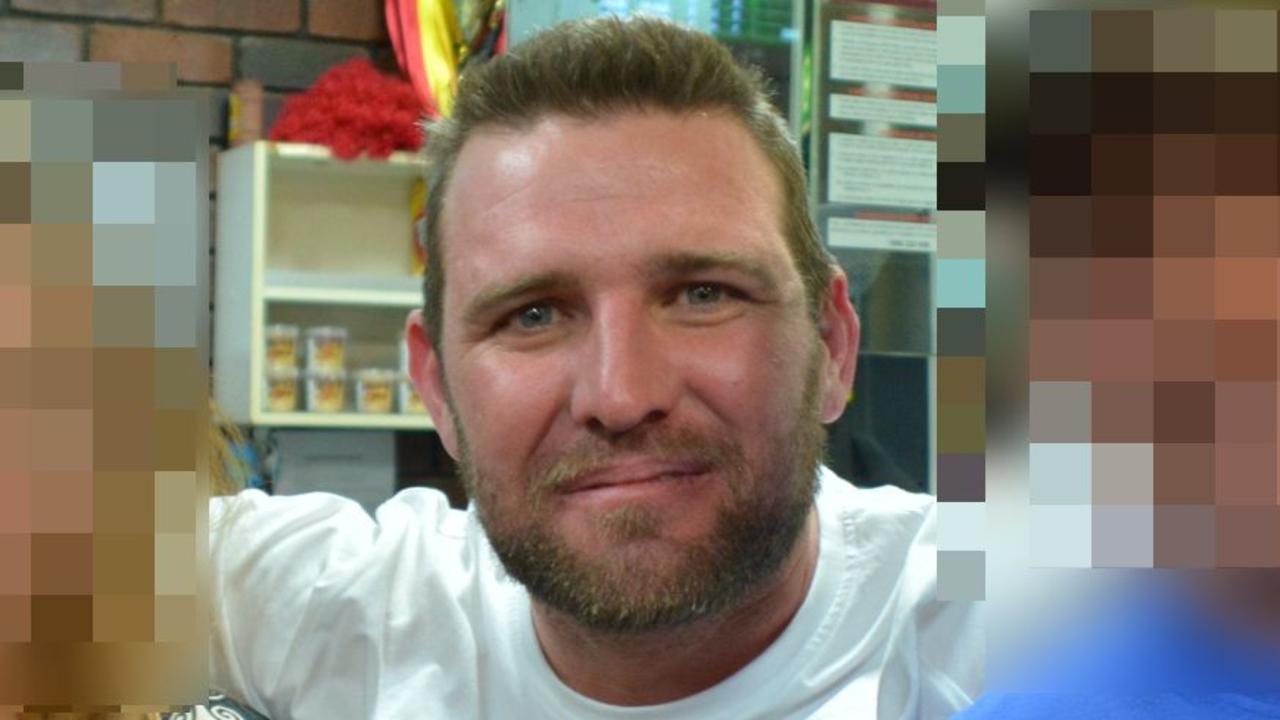Qld health crisis revealed by nurses and frontline workers
Burnt out and exhausted nurses and midwives are being stretched to breaking point amid skyrocketing demand for care and a long-running staff shortage. SEE THE MAP
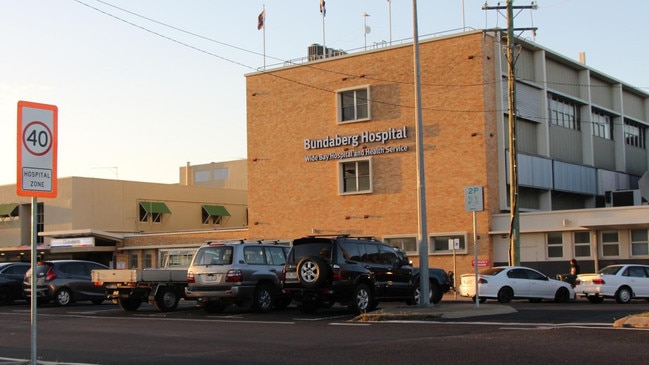
QLD News
Don't miss out on the headlines from QLD News. Followed categories will be added to My News.
Burnt out and exhausted nurses and midwives are being stretched to breaking point and fear patients are being put at risk amid skyrocketing demand for care and a long-running staff shortage.
The extent of Queensland’s healthcare crisis has been laid bare by frontline staff in hundreds of submissions to the state’s peak nurses and midwives union ahead of negotiations for a new pay deal.
It comes as the latest Queensland Auditor-General report revealed there had been a 3 per cent annual increase in health workers calling in sick in 2023/24, and a 5 per cent rise in overtime hours worked.
There was also a $92.8m increase (27 per cent) in funds spent by Queensland Health on frontline contractors including nurses and other clinician amid an increase in demand, particularly in major regional centres.
Nearly 1000 nurses and midwives across the state’s public health system have sent through stories of workplace pressures to the QNMU, with “burnout” and “stress” alongside “sick leave” and “unsafe” mentioned the most.
And the pressure was being felt across the state, with the QNMU receiving reports from small remote facilities like Atherton, Childers and Dalby to major tertiary hospitals across the southeast.
An alarming number of submissions detail “dangerous” staff to patient ratios, with reports of nurses frequently crying at work, high rates of anxiousness’ before shifts and having nightmares about work.
“Each morning I experience dread at the thought of coming to work,” they said.
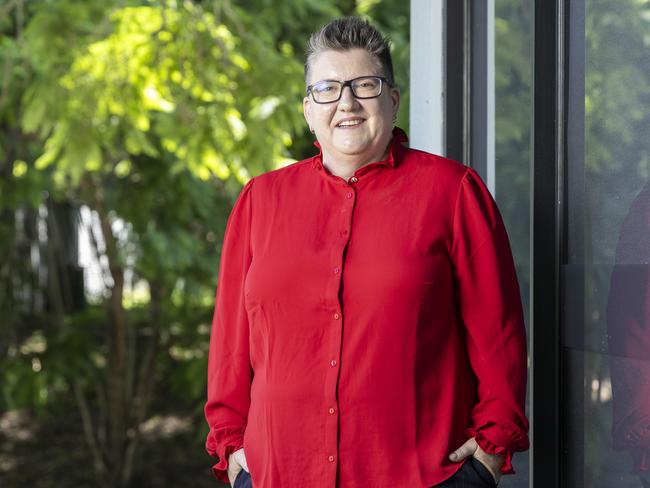
A staff member at Bundaberg Hospital reported a “double bunking” system where two patients share a cubicle, monitor and suction device.
“It is dangerous as (it) can lead to errors, lacks privacy, confidentiality as there are no barriers between patients, potential for infection control is huge,” the submission read.
In Cairns there were reports of spinal patients not receiving adequate bowel or shower regimes due to lack of staff, while reports from Logan Hospital described patient’s “deteriorating while waiting for care”.
Several reports mentioned unmanageable ramping levels, with nurses treating several patients at a time due to bed bock and busy emergency departments, including
One example at the Princess Alexandra Hospital where 24 patients were admitted to ED without beds while a further 22 patients were ramped without receiving any medical care.
In Redcliffe, women experiencing miscarriages were left alone in corridors, “checked on for vitals but not for emotional wellbeing,” while reports from Mackay Base Hospital included accusations staff felt pressured to “take shortcuts”.
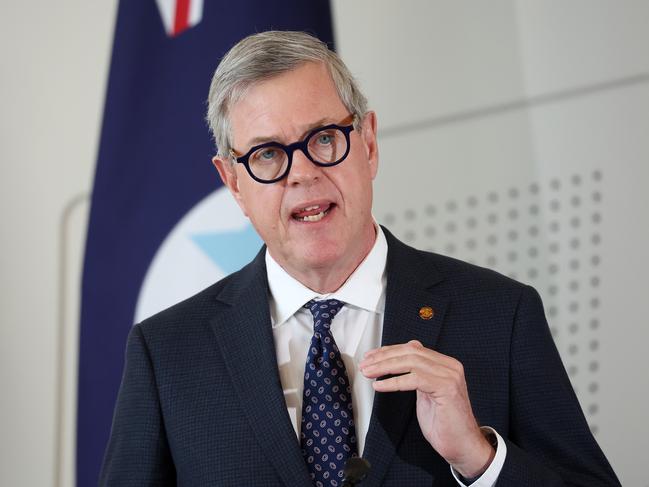
There were 86 submissions from staff at the Gold Coast University Hospital- one warning that colleagues were “tired and burnt out”.
“There is overtime approved for almost every shift. There are significant risks for patient safety. Something needs to happen asap and nurses need to be treated better before we all walk out,” they said.
Nurses across the state are also warning the workforce shortage left them fearing for patient care, in a “demoralising” cycle.
“It’s demoralising to leave patients short of care, they are deprived of dignity and it compromises their safety. It’s happening day in and day out, and we are forced to take on more and more individual risk,” according to a nurse at Rockhampton Hospital.
“Staff burnout is rampant, and there will be a mass exodus from the department if the immediate safety risks are not promptly resolved.”
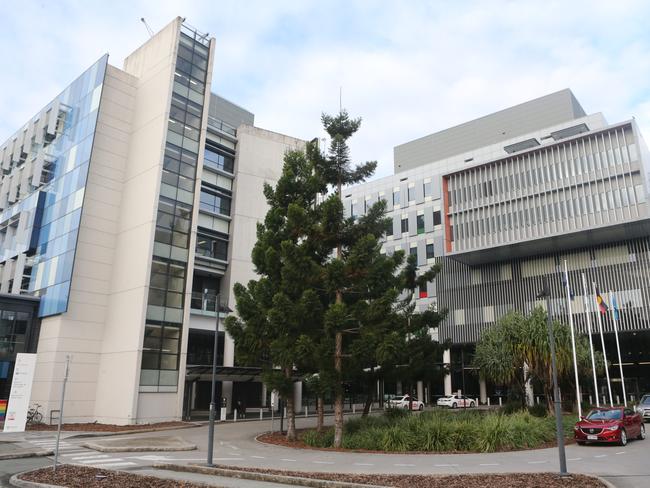
At the Royal Brisbane and Women’s Hospital a nurse warned colleagues in the emergency department were being pushed “to do more with less”.
Health Minister Tim Nicholls, who has visited 38 health facilities since his appointment three months ago, acknowledged the health system was “enormously stretched”.
“I hear that from staff wherever I am, and I got it bluntly and directly in Rockhampton,” he said.
“There were 32 people waiting for 17 beds in the Rocky ED and the staff were, understandably, under the pump and they were doing a terrific job, but they’ve been under the pump for too long.”
The Queensland Nurses and Midwives Unions, on behalf of its 74,000 members, will begin negotiations with Queensland Health within days and are calling for the government to put in place solutions to recruit more staff, retain the existing workforce and ensure they feel respected.
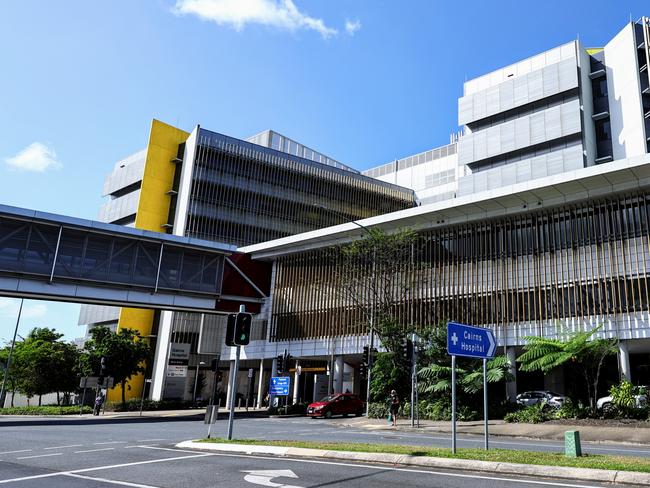
It includes complying with nurse to patient ratios, filling vacancies quicker instead of leaving the workforce stretched, higher pay, and putting in place incentives to attract workers to the regions and also keep them there.
QNMU secretary Sarah Beaman said the “workforce crisis” of today had been known about a decade ago in 2014 with the pressures made worse by Covid-19.
She said rural and regional areas were disproportionately impacted by workforce shortages and it was getting harder to get people to work in those areas.
The union is calling for solutions like a remote incentive package to support nurses working in regional and rural towns.
“What we’re trying to achieve in (the latest round of bargaining) is an agreement that actually solves some of these problems,” she said.
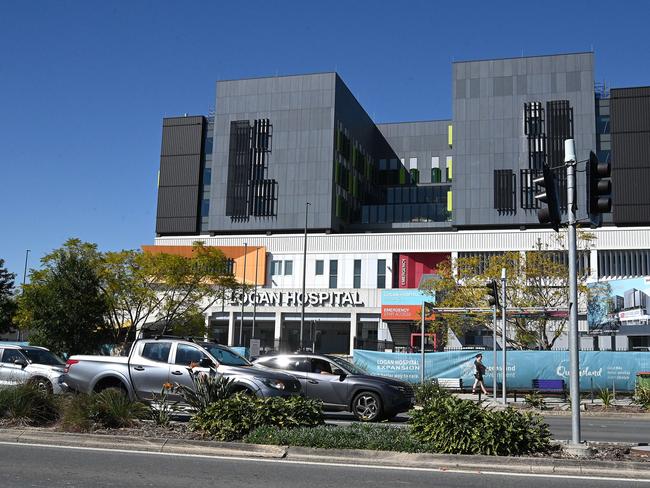
“It’s about having good wages that draw people to work in Queensland, to stay in Queensland and work within Queensland Health. It’s about having conditions that retain staff and create safe work environments.”
Ms Beaman said the union had an open dialogue with the new government and the sector had “hope” the next three-year deal would go a long way to bolstering the workforce.
And over the next decade the focus will need to be on a whole-of-system push to recruit Ms Beaman said, as the Queensland Auditor-General report again warned of the impending healthcare worker retirement cliff.
The overall state healthcare system will need a projected 45,000 — or 30.3 per cent increase — more workers by 2032, as Queensland’s population of people older than 70 jumps from 600,000 to more than 880,000.
Australian Medical Association Queensland president Dr Nick Yim said workforce shortages were “the biggest challenge” facing the system.
“It’s impacting patients by reducing access to timely care and impacting staff by contributing to burnout,” he said.

“Doctors tell us often that workload, stress and poor hospital culture lead them to reduce to part-time hours, seek other roles or consider leaving the profession altogether.”
Mr Nicholls is currently reworking the state’s health workforce plan after scrapping Labor’s workforce attraction incentive scheme.
It will focus on growth and retention by easing pressures on the overall system, including reducing ramping, without increasing spending on locum staff, which the Minister described as a “sugar hit” system put in place by the former government.
“The spend went from $80m in 2021 to over $190m last year,” he said.
“That’s unsustainable number, the HHS’s can’t afford to do it.
“We need to be keeping the people we’ve already got...by addressing the burn out issue.
“More beds without more clinicians and nurses is not the answer.”


